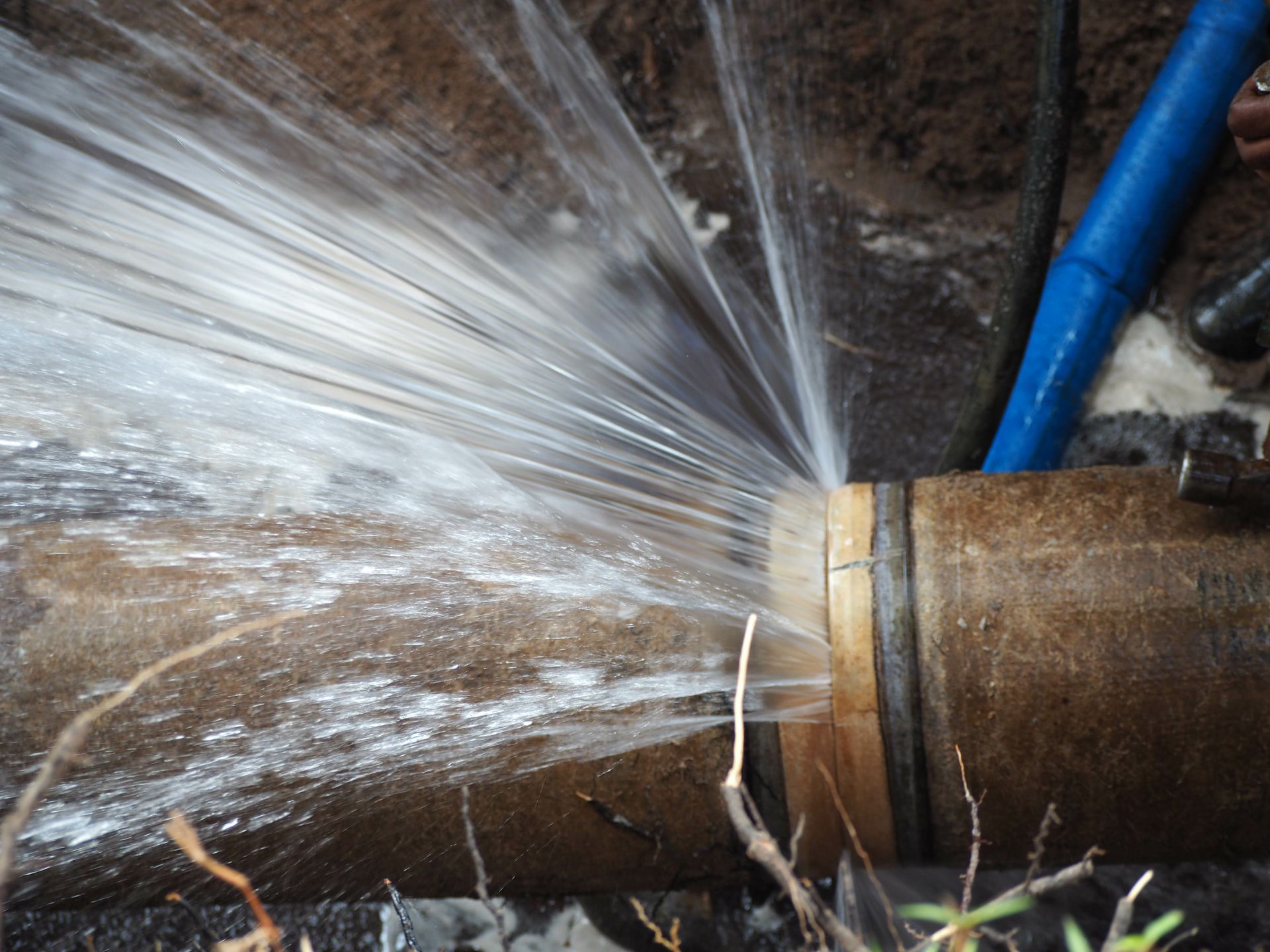Why Does It Matter Where I Place My Thermostat?

Improper thermostat placement can lead to a host of problems pertaining to home comfort, efficiency and even system longevity. For example, placing a thermostat near a heat source or a place in your home that receives direct sunlight will result in the temperature reading being higher than the actual indoor air temperature of the rest of your home. Your HVAC system will run based on the faulty temperature reading, meaning it will run more than necessary in the summer or less than needed in the winter.
In addition to making your home less comfortable, this can also result in unnecessarily high energy usage. Another common placement mistake is installing a thermostat close to frequently used exterior doors or drafty hallways, both of which could affect the average temperature of the area.
Consequences of uneven heating and cooling performance due to a poorly positioned thermostat extend beyond just making your home less comfortable. It can have a measurable impact on HVAC system health and longevity.
One of the more common symptoms of poor thermostat placement is short cycling, which means your system frequently cycles on and off in fast succession based on the thermostat’s misleading measurement of air temperature in your home. Short cycling can increase the wear and tear on your system – not just because it’s running more but because the act of turning on and off frequently strains components.
Where to Place Your Thermostat to Promote Optimal Temperature Readings and Consistent Heating and Cooling Performance
Drafts, direct sunlight and heat sources are important considerations in thermostat placement, but they’re not the only variables to consider when choosing where to install your thermostat. Some common best practices for thermostat placement include:
- Placing the thermostat on an interior wall somewhere near the center of the home or the section of the home being heated or cooled in multi-system households. Exterior walls will always be a slightly different temperature than the interior due to outdoor temperature and weather conditions, even if they’re well insulated.
- The basic physical law that hot air rises and cold air sinks should be taken into account as well. That’s why you’ll typically see thermostats placed about 52 to 60 inches from the floor. The air in roughly the middle height of the living space (and within convenient reach of the average person) will give a more accurate reading of the indoor air temperature.
- It’s typically best to avoid placing a thermostat behind obstructions like curtains or bookcases. For example, placing a thermostat on a wall near a closet door that could cover it when open would be a poor choice because the door could restrict airflow and negatively affect the accuracy of temperature readings.
Thermostat Placement Isn’t Always Straightforward
In a single-family, single-floor house adequately served by a single HVAC unit, the placement of the thermostat may seem straightforward. There’s typically an ideal interior hallway that’s central to the home and away from doors and windows. Things get more complicated in homes with zoned systems, multiple HVAC units or multiple stories.
The same general thermostat placement rules apply in zoned homes. It’s just important to recognize that the center of these zones may be less central to the house as a whole and closer to exterior walls, doors and windows.
Multi-story homes can have similar issues due to heat rising. During the winter, the upper floors may be more comfortable while the opposite may be true during the summer months. Having two separate zones for the upstairs and downstairs can enhance overall home comfort for all your home’s occupants.
Do I Need an HVAC Professional to Replace My Thermostat?
It depends on the situation and your system. If you’ve replaced basic appliances like ceiling fans in the past, know where your breaker box is and which ones you need to switch off, have a rudimentary understanding of how to perform basic wiring according to instructions and have a non-contact voltage detector, you may not need an HVAC professional to replace your old thermostat with a new one.
If a thermostat needs to be moved, it is likely best to hire an HVAC company. In addition to relocating wiring, which most homeowners should leave to professionals, having an experienced installation expert consult on thermostat placement is likely a good idea. Some thermostats may also have special settings or wiring that enable efficiency or comfort-enhancing features. If you’ve paid more to install an HVAC unit that has those features, you may as well hire a professional to properly install a smart thermostat to make full use of them.
Get Help With Your Thermostat or HVAC Replacement in Arlington
Don’t dismiss your thermostats as just a glorified thermometer. Properly placed and functioning thermostats are vital for the proper operation of your HVAC system and your home’s overall comfort.
You can ensure you’re getting the most out of your thermostat and your home’s heating and cooling systems by calling Tom’s Mechanical at 817-277-4493 for a furnace or air conditioner replacement estimate or assistance with thermostat replacement.



